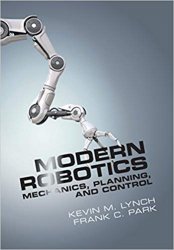- Добавил: umkaS
- Дата: 29-09-2019, 13:47
- Комментариев: 0
 Название: Коэффициенты концентрации напряжений: Графики и формулы для расчета конструктивных элементов на прочность
Название: Коэффициенты концентрации напряжений: Графики и формулы для расчета конструктивных элементов на прочностьАвтор: Петерсон Р.
Издательство: М.: Мир
Год: 1977
Cтраниц: 302
Формат: djvu
Размер: 23 мб
Язык: русский
Книга содержит обширные сведения о коэффициентах концентрации напряжений в наиболее характерных элементах конструкций, широко распространённых в различных отраслях машиностроения: самолётостроение, ракетно-космической технике, судостроении, станкостроении и др.









